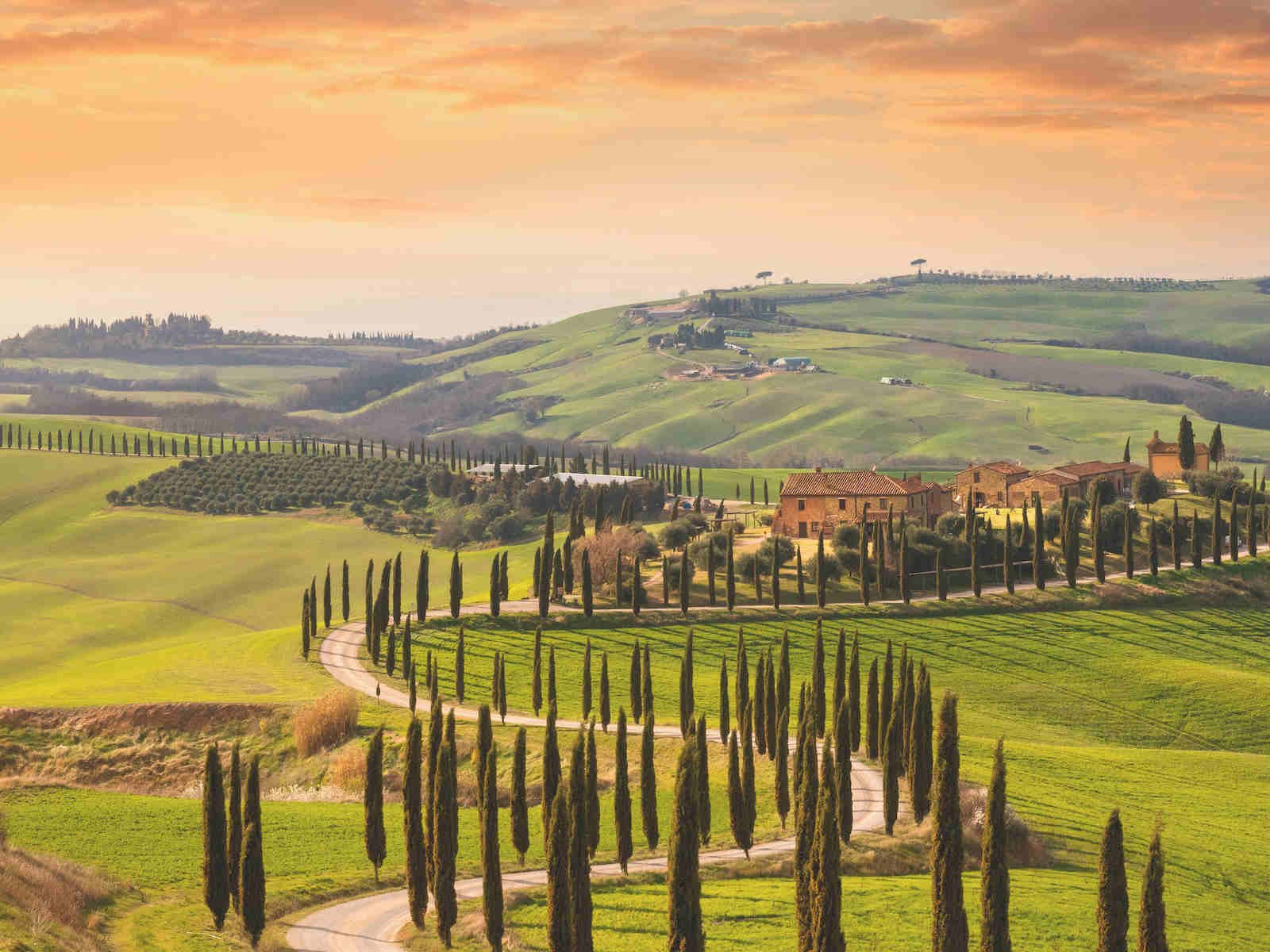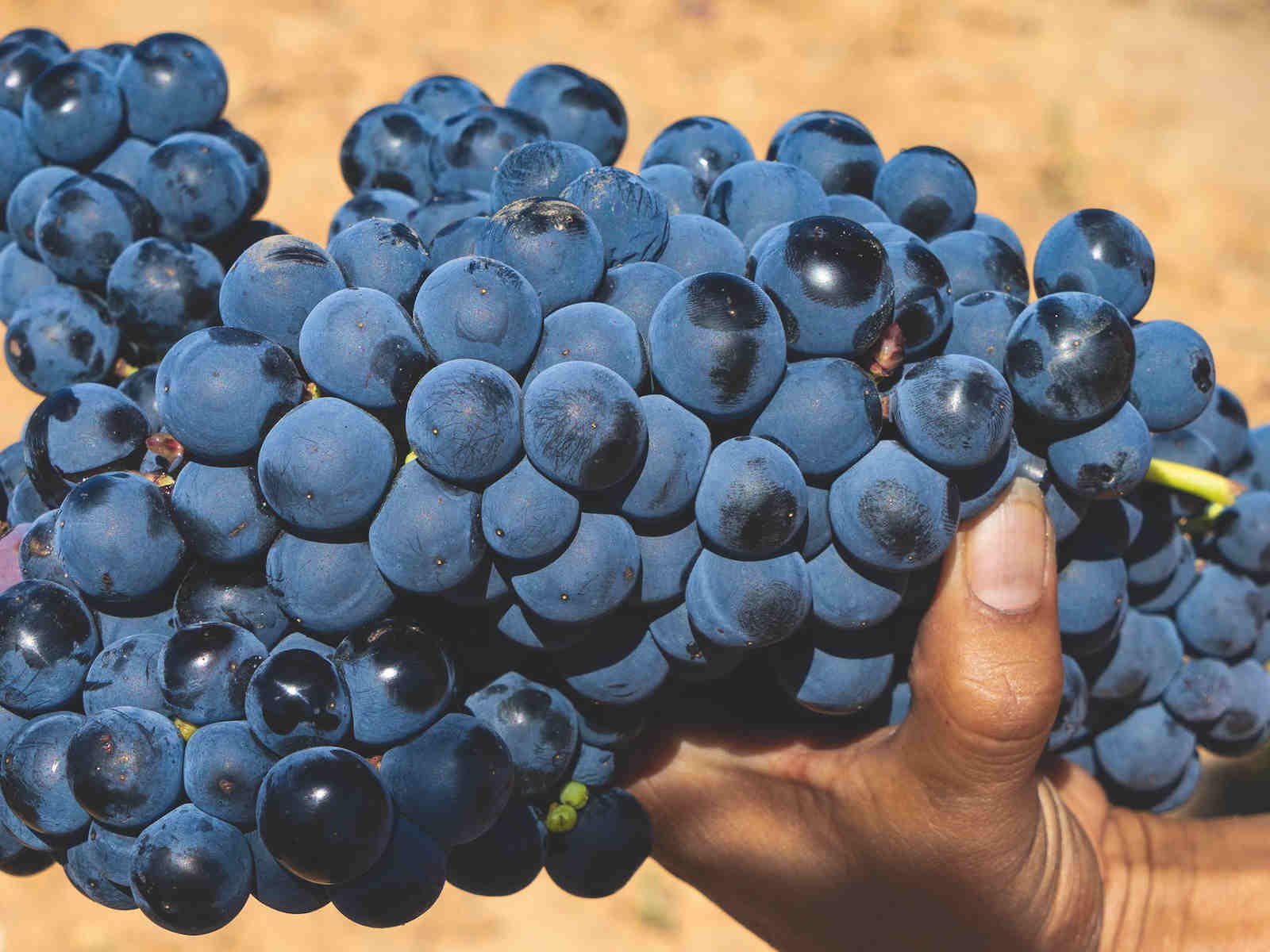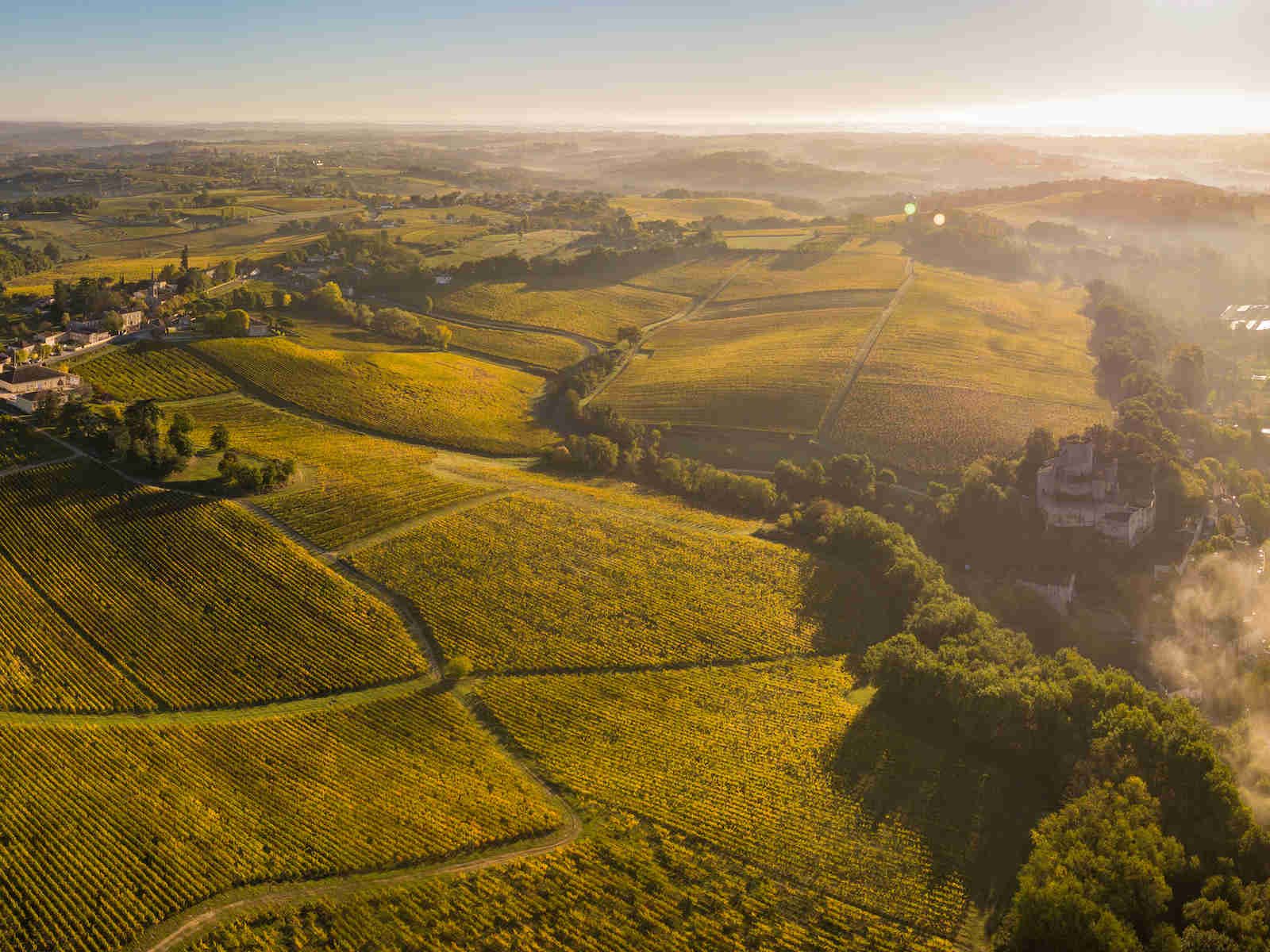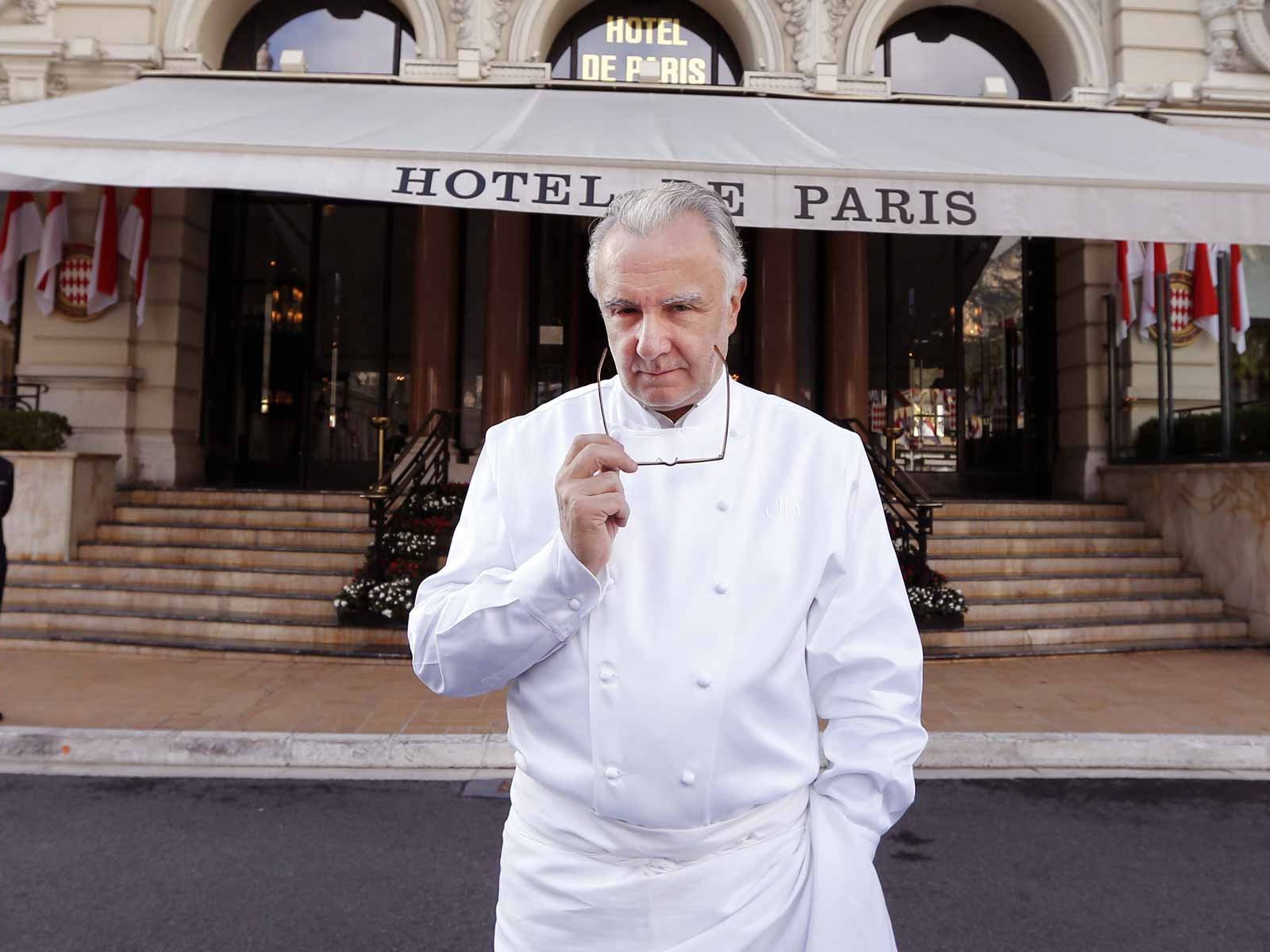The New Face of Single Malt Scotch Whisky
Even classics like single malt Scotch whisky need innovation, so distilleries have been experimenting and pushing boundaries to present ever more creative single malts.
In 1853, whisky merchant Andrew Usher senior created the first Scotch whisky blend. He blended various malt whiskies for the Old Vatted Glenlivet – which kicked off the commercial rise of Scotch whisky. His son, Andrew Usher junior, added grain whisky from 1856 onwards, i.e. not only whisky that was made from expensive barley malt but also from cheaper grain.
With Usher‘s Green Stripe, he created a new type of blended whisky that could be reproduced again and again by sophisticated combining and mixing of various whiskies. His innovation was the birth of industrial production of blended whisky and gave rise to the founding of well-known whisky companies such as Ballantine’s, Chivas, Dewar and Walker in the following years.
The rebirth of single malt
World-famous single malt Scotch whisky is, of course, the counterpart to Usher’s creation. It must fulfil two conditions: first, it must be distilled from nothing but malted barley; second, it must be the product of a single distillery. Legend has it that the rediscovery of single malt whisky, as it was known before the introduction of blending, only took place in 1963 – less than 60 years ago.
It is disputed whether the Glenfiddich distillery really reinvented the single malt at that time or whether it only revolutionised whisky marketing. What is certain, however, is that their launch of the Straight Malt in that year ushered in a new age for whisky – the era of the single malt.
Today, around 90% of the whisky produced in Scotland is blended. Yet the single malt category has been growing for years – not only in terms of production volume, but also price. This is due to increased demand as well as the innovative and creative prowess of various distilleries: they constantly devise new selling points for their single malt whiskies.
Unique selling points
Glenfiddich, for example, who started the single malt hype, launched a single malt whisky in 2019 that not only tastes good in front of a roaring fire or with a cigar, but is also intended for festive and celebratory moments. Glenfiddich Grand Cru is a 23-year-old whisky that has spent a second, six-month maturation period in French casks which previously held base wines of some of the world’s most prestigious Champagnes.
It is a particularly well-balanced, fine whisky that should please not only seasoned single malt fans but also beginners. The Grand Cru whisky line was crowned only recently, with the launch of the 26-year-old single malt Grande Couronne. An exquisite single malt that was finished for two years in used Cognac casks.
The presentation of the Grand Cru series, which also includes the 21-year-old Gran Reserva from Sherry and rum casks, clearly shows that new drinkers are being converted to the joys of whisky. The idea was to imbue the occasion of drinking these exclusive spirits with the celebratory feel associated with popping a Champagne cork.
It’s all about the finish
Distilleries around the world use special casks to give their whiskies a finishing touch. However, the process only gained real traction in the 1980s when producers like The Balvenie began to refine their whiskies that had aged in ex-Bourbon casks by giving them a finishing stint in Sherry casks.
Many producers, Glenmorangie for example, followed in the same vein and today the list is almost endless. There are single malts from Madeira, rum or Port casks, but also from casks that previously contained German Pinot Noir, Californian Cabernet Sauvignon or even craft beer. There are no limits to the imagination when it comes to choosing barrels. In the US there is even a brand that treats its whisky to a finish in used Tabasco casks. Each to his own.
For Scottish distilleries, of course, this is going too far. The Glenmorangie distillery from Tain in the Northern Highlands caused a sensation with a new edition that also shines with a special finish and an even more special name: the single malt A Tale of Cake, launched in autumn 2020.
According to the house’s legendary director of whisky creation, Dr Bill Lumsden, the intention was to capture the “joy of a cake“ in a bottle. For the finish of this single malt, casks of the legendary sweet Hungarian dessert wine Tokaji were used – not the kind of cask you find every day in the warehouses of Scottish distilleries. The colourful, playful label marks a departure for the self-image of many single-malt producers. Marketing no longer has to be classic, it can and should attract attention.
Whisky with terroir
The Islay distillery Bruichladdich is undisputedly one of the pioneers of innovative bottle design and creative interpretation of the term single malt. All of Bruichladdich’s whiskies are marketed as single malts even though they differ greatly in style.
They are not peated, so they do not have the typically smoky taste of many Islay whiskies. Their whiskies under the Port Charlotte label, on the other hand, are slightly peated, while their Octomore enjoys legendary status among fans of this style as “the most heavily peated single malt whisky in the world“.
Bruichladdich looks back on a turbulent history. Since opening in the late 18th century, the distillery has closed down time and again, most recently in 1994 – only to re-open again in 2001. This continuous spirit of rebirth clearly also informs the company’s innovative spirit which has been legendary on many levels. Bruichladdich thus bottles whiskies made from barley grown on the island of Islay where the whisky is distilled and matured.
The distillery was the first to apply the notion of terroir that is more prominent in wine than Scotch: it is the idea of a product expressing the conditions and culture of its origin and provenance. This still is an absolute exception in the whisky business. Single malt’s raw material, malted barley, is not usually from regional cultivation but bought in from various sources. This ensures constant availability of barley malt. Neither is the origin of the barley considered to have much influence on the taste of whisky. Processes like malting, kilning, distilling and maturation in particular are far more important factors. But Bruichladdich are not the only ones to disagree.
Many distilleries follow their example. The legendary Speyside distillery Macallan, for example, launched their single malt The Macallan Estate in 2019, made from barley from the distillery’s own estates. The Balvenie also launched The Edge of Burnhead Wood last year, made with produce from the immediate area: not only barley but also local heather over whose smoke the malt was dried.
Even if the influence on the taste remains controversial, the topic of regionality and origin plays a decisive role in many modern single malts – authenticity and regionality are good selling points, not just in food and wine.













